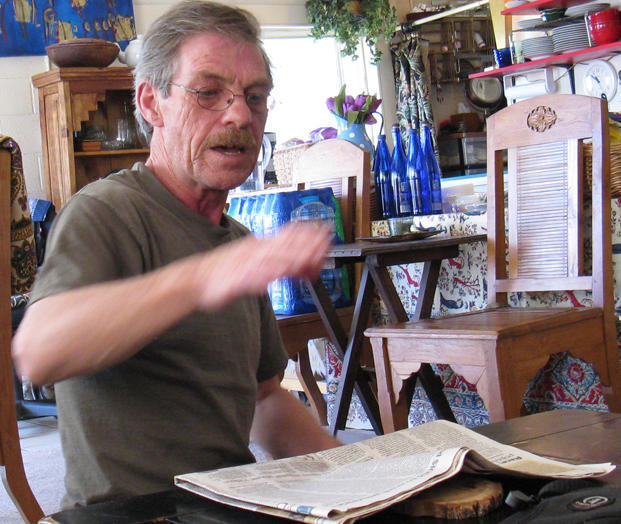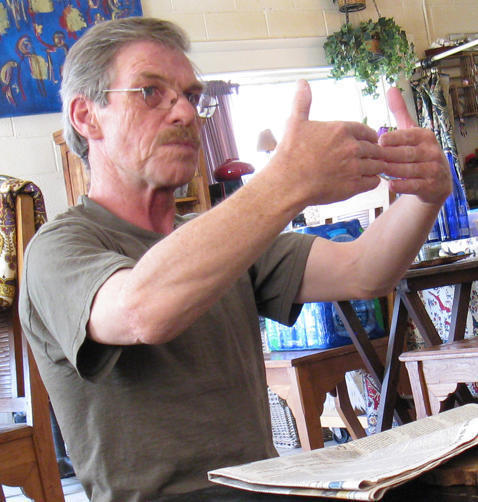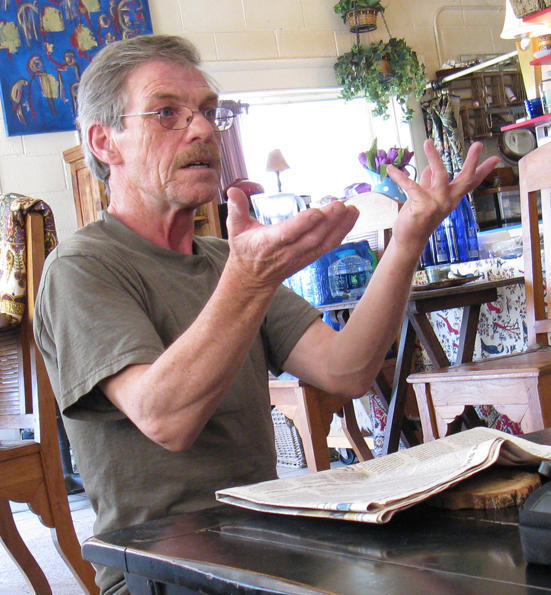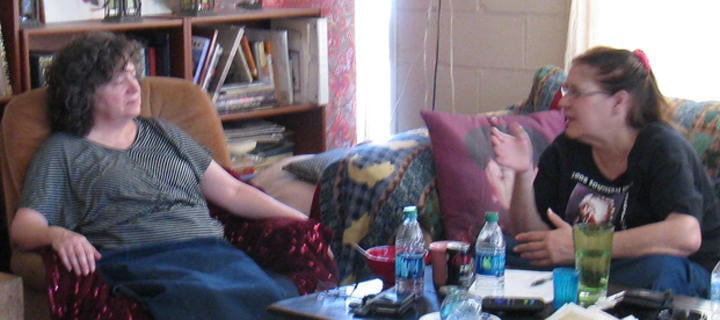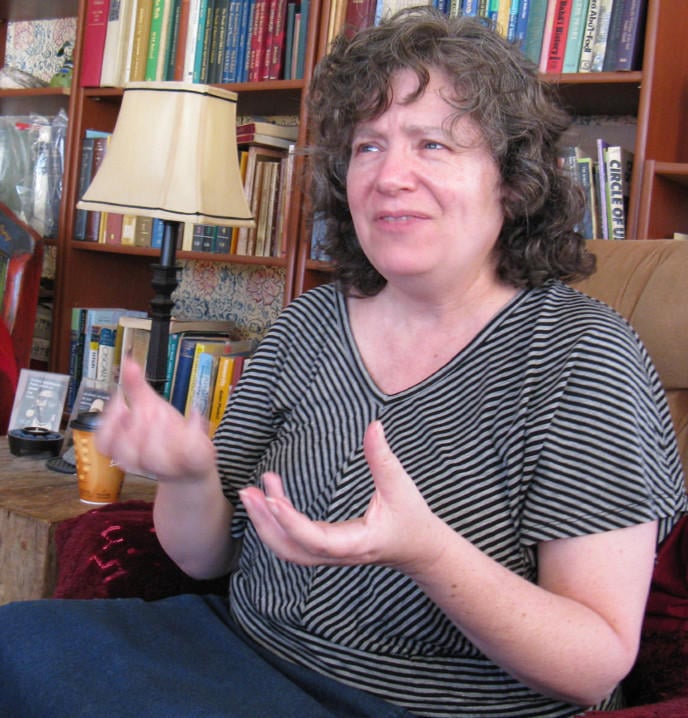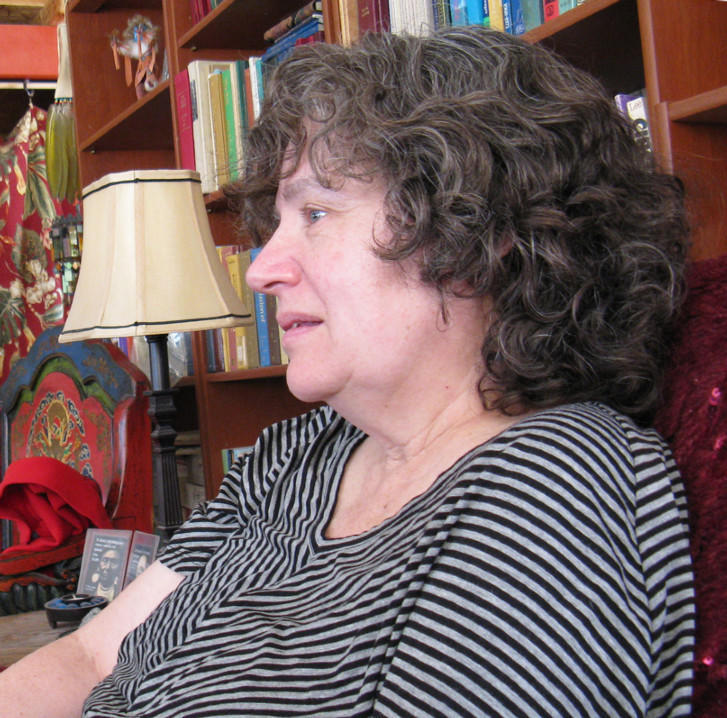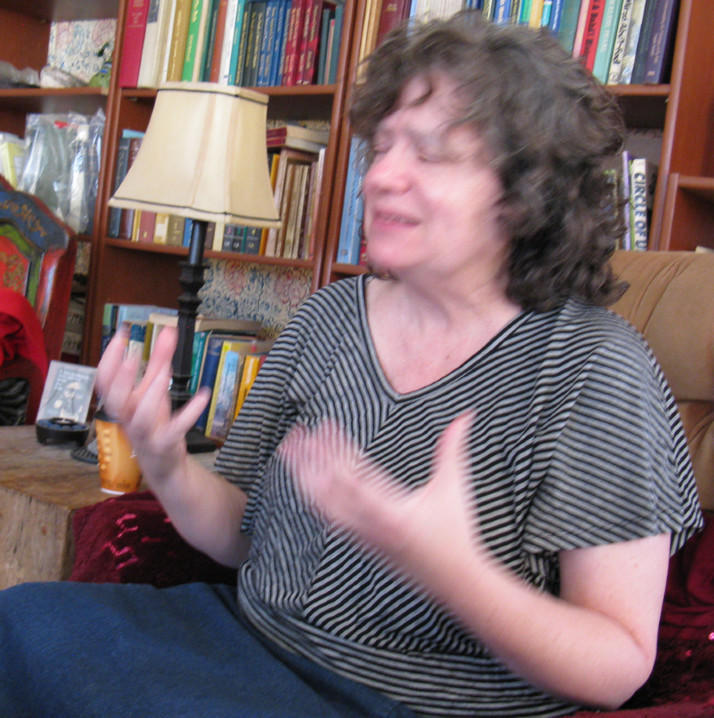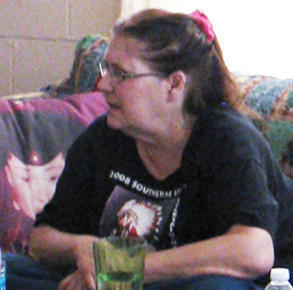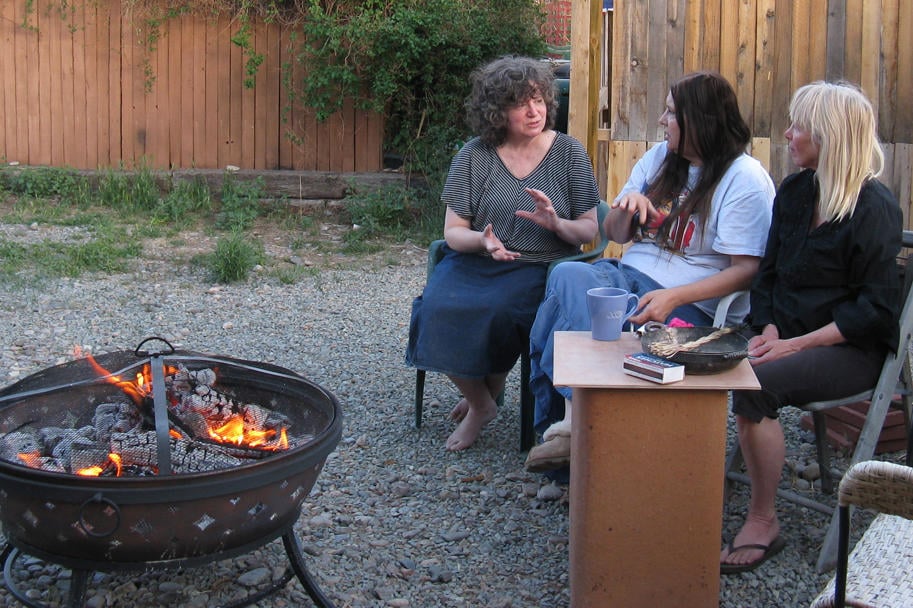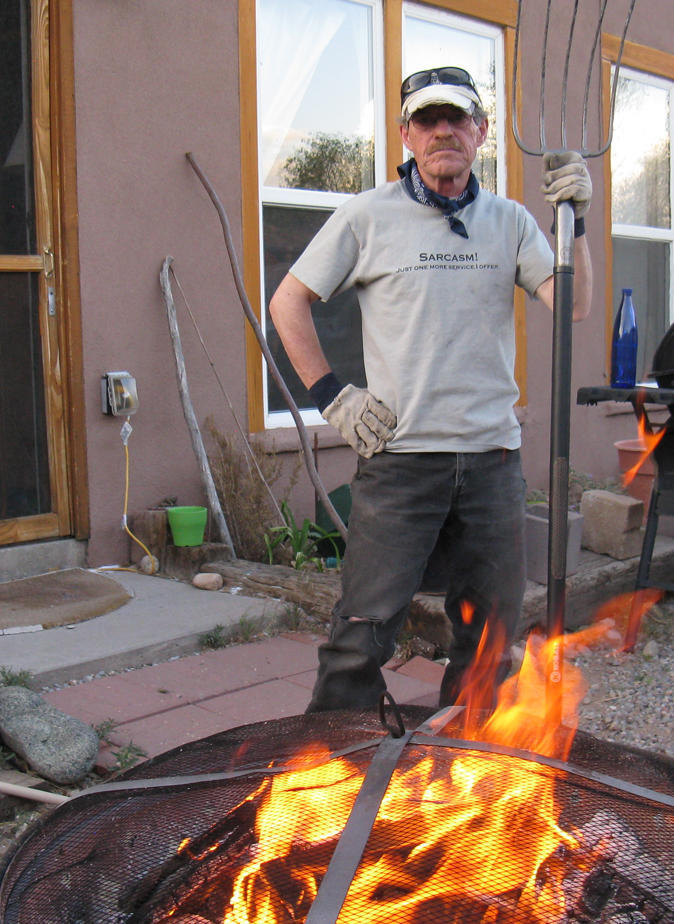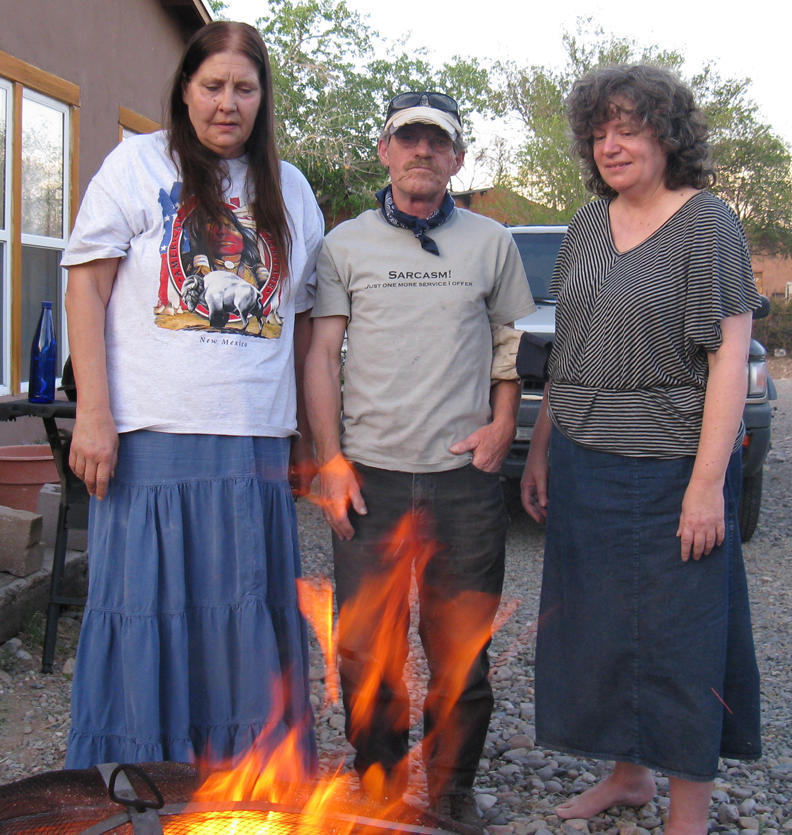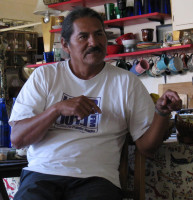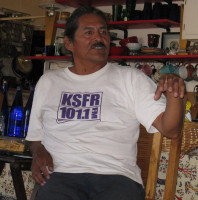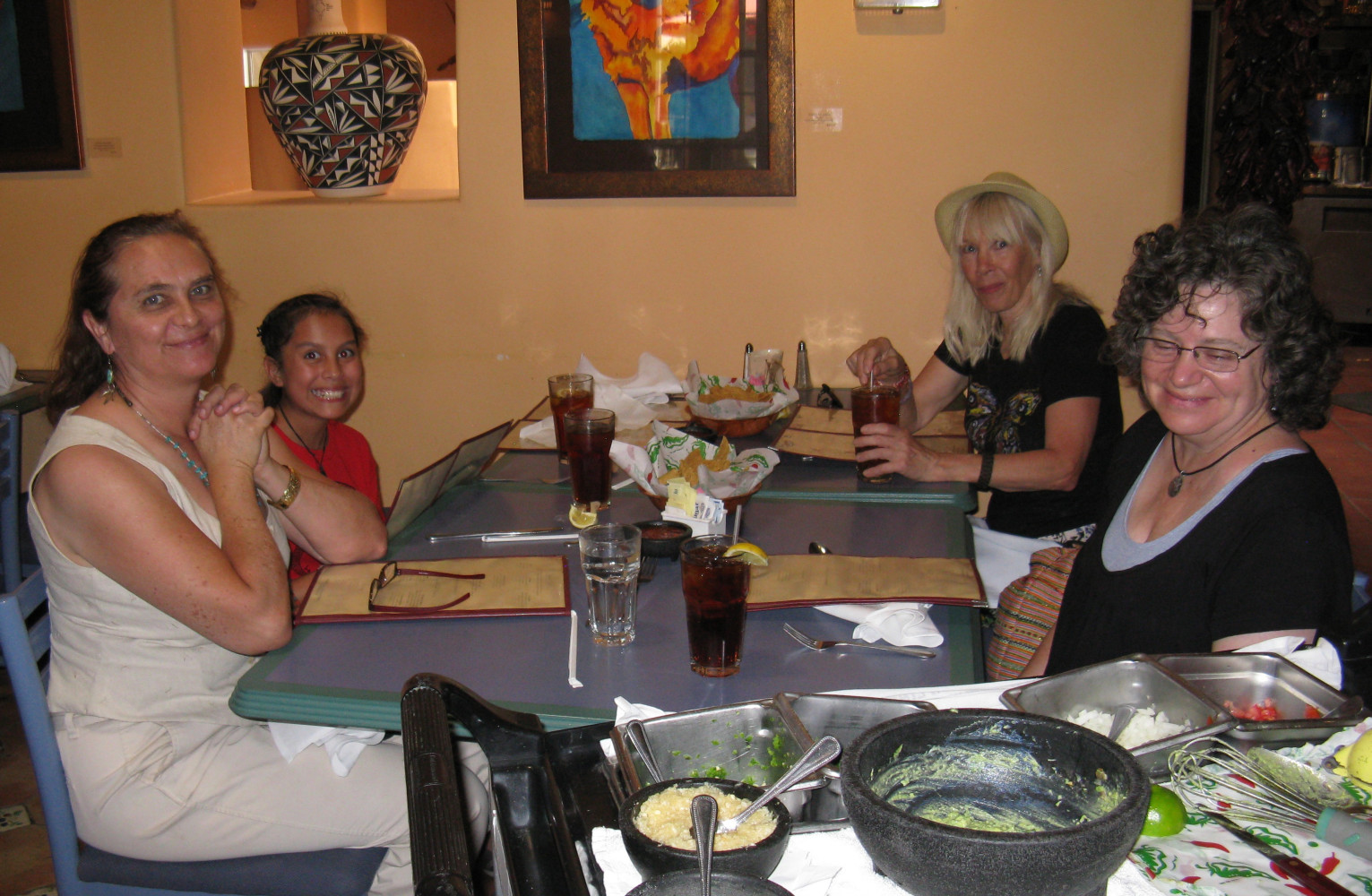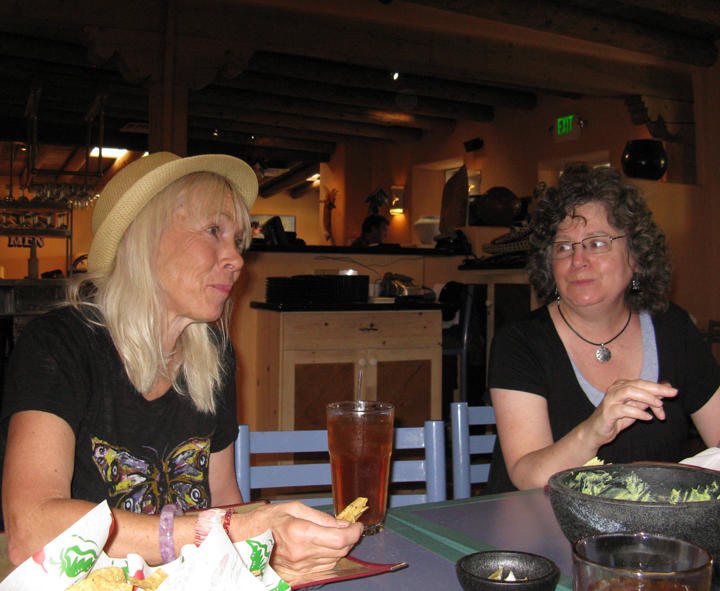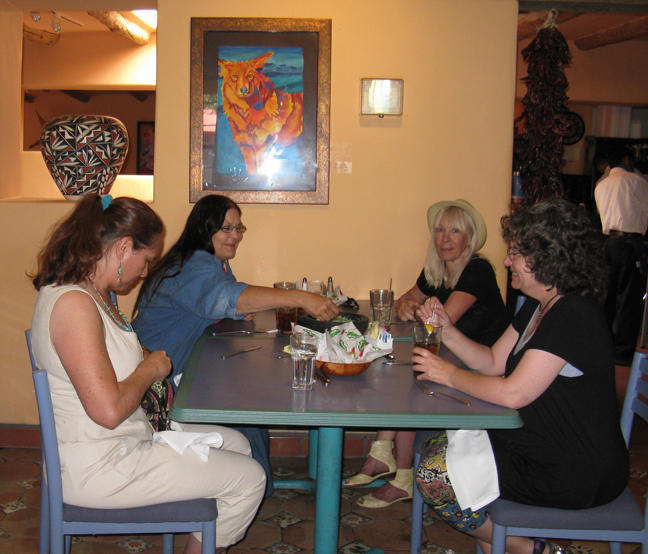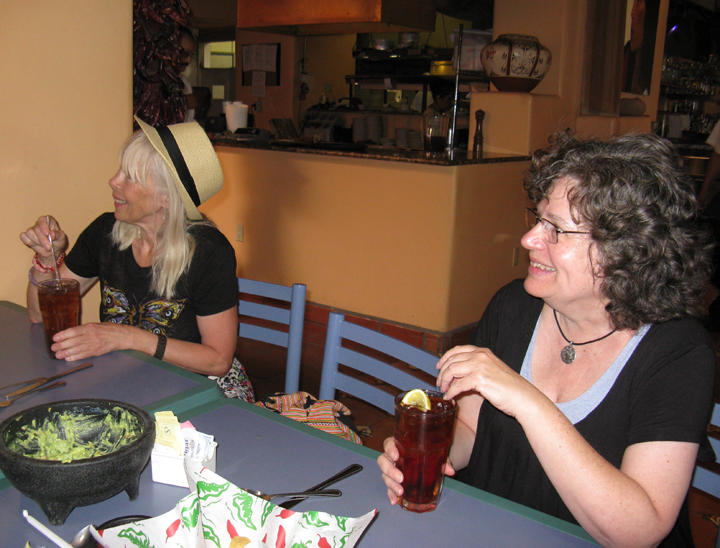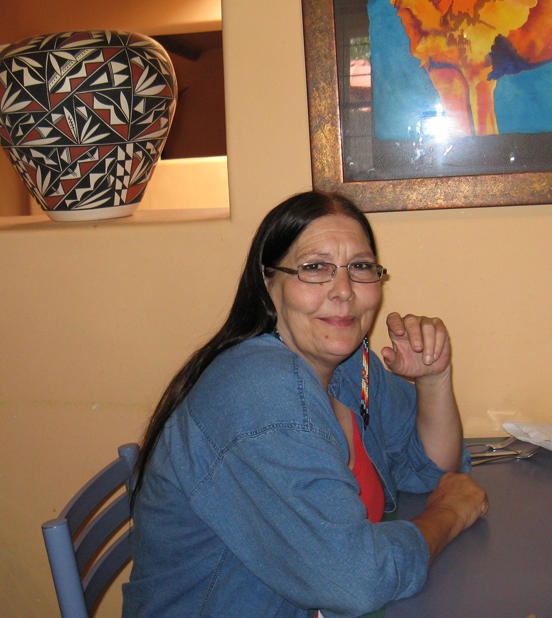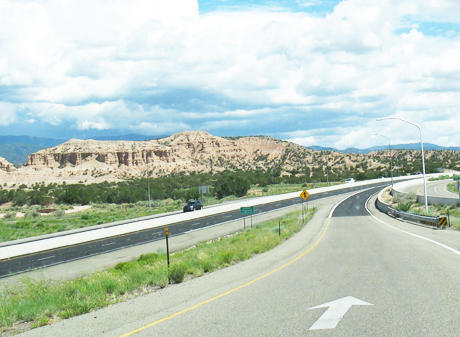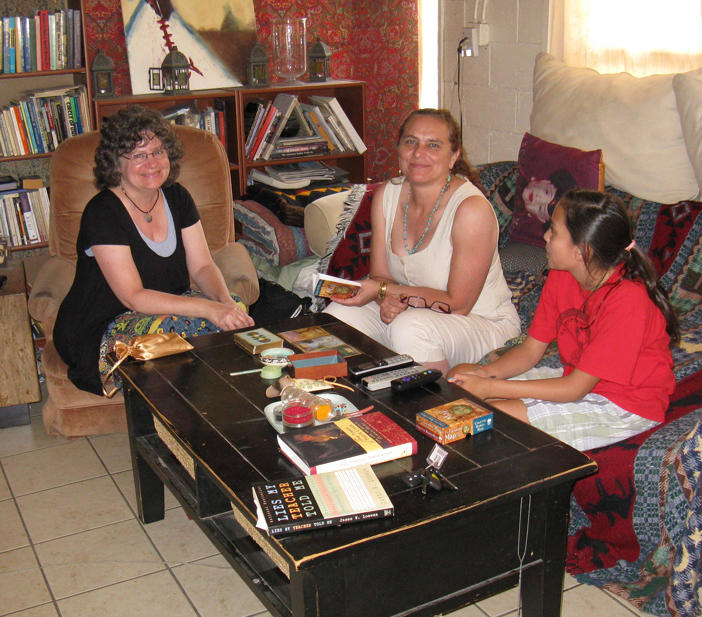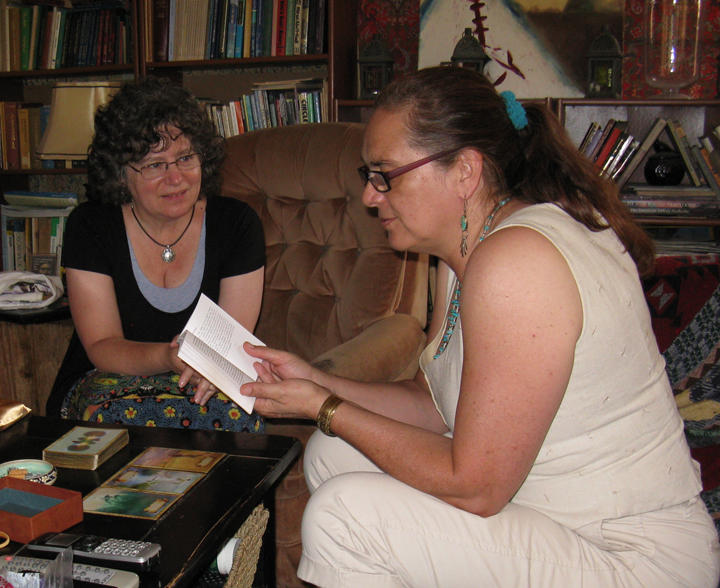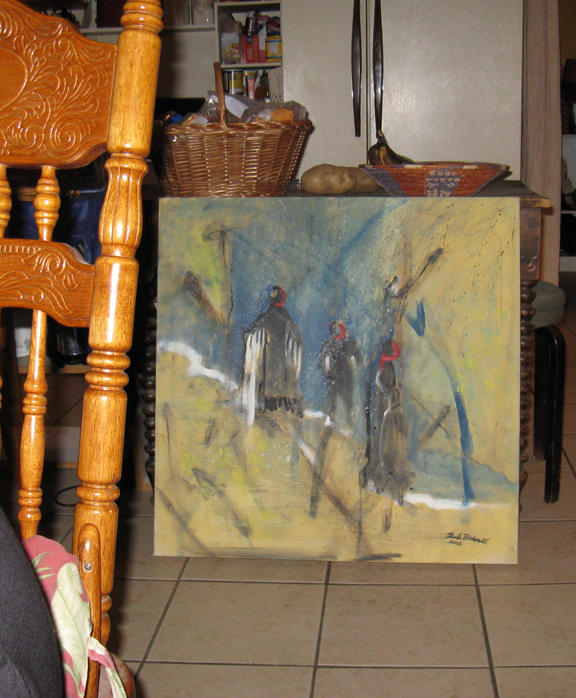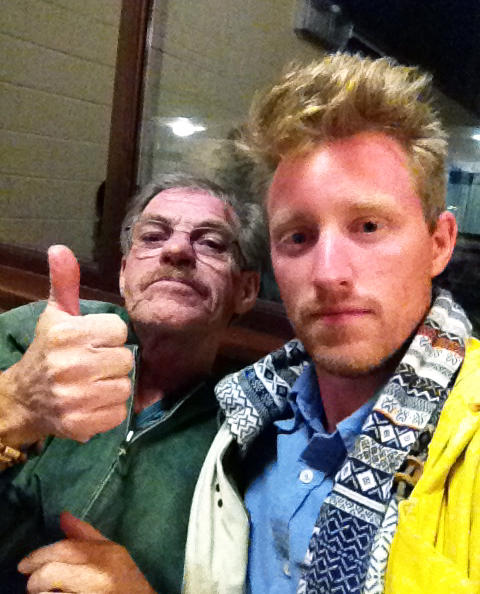Paula and Lea initially met "virtually" in an online class in October of 2012 and their story unfolded very organically. The course they were taking stimulated many intellectual and mystical discussions as well as subsidiary conversations in the course "lounge". As Thanksgiving approached, Paula shared a story of how she had just been to a national grocery store where the marketing theme was “A Pilgrim Harvest” and there was nothing that even showed that Native Americans had been there. She spoke frankly about her own feelings of pain, anger and grief and then spoke to the feelings of her people and how annually Thanksgiving Day is a day of mourning among Native Americans. Lea, with Paula’s story in her heart took a simple yet profound step. On Thanksgiving Day, instead of the usual prayer that her family sang around the table, Lea read a Native American prayer. She shared the story of her experience in the class lounge a few days later as the day ended up playing out in a humorous way and she got blamed for the Redskins win over the Cowboys. "This is your fault mom," her son Sean offered, "because you invoked the spirit of the Native Americans today!" Although the family story was in fun, the serious aspects of the national dilemma are there in the metaphor of Cowboys and 'Redskins'. Would we name a football team the Paleskins or Blackskins?
It was this initial exchange – Paula’s call and Lea’s response – that became the seed, the inspiration for “Many Hoops” although the initial idea had the title "A Place at the Table." Lea's version of "planting the seed" took the form of actually setting her table with the four races represented, then, since the focus of the project is Thanksgiving, she kept the Native American place set for a few weeks, so she could "be" with the idea.
It was actually the next course they took together, where the seed germinated. In that class, Paula was triggered by several postings with subtle racist undertones and communicated outside of the course to Lea and another white friend she trusted trying to understand. It was this email discussion about racism in the Baha’i community and the culture at large that culminated in their first face to face meeting in February 2013 and where Paula and Lea committed to the project.

Lea traveled from her home in Georgia to Paula's home in New Mexico. This first meeting was comprised of lots of "getting to know you" conversations, but it also involved Lea's first Sweat Lodge ceremony. Paula: I remember writing to her and describing the ceremony, so for those of you who have never attended this Native ceremony, I thought I'd take an excerpt from my e-mail to Lea describing the Inipi (Sweat) ceremony. (As a note I really dislike using the term "sweat" for this ceremony. The literal translation from Lakota is "The way we live" and has nothing to do with the physical aspect of sweating.)
Email from Paula to Lea on February 11th:
Hi Lea,
Thought I'd write a little about the Inipi. What you will find on the internet and books isn't what you'll experience with my brother or me. Our lodge is a family lodge. We're relaxed and never rigid. The "rules" that most people apply to Inipi don't concern us. The "rules" come out of a Christian Boarding school mentality and don't stem from our ancient practices.
Basically, rocks are heated in a prayerfully made fire outside the lodge. The lodge itself is made of bent willow that form a domed structure. You can find photos on the internet. On the inside is a small pit for the rocks. We sit around this. Water is ladled onto the hot rocks and creates steam which can be hot. But not unbearably hot. The only really hot Inipi ceremonies are for those who are preparing for sundance or other significant ceremonies where strength and endurance are needed. Sometimes in a doctoring Inipi it can get hot depending on what the Tunkasilas (Concourse on High) decide is needed. As far as I can see our Inipi will be simply for prayers and well-being. Usually this doesn't necessitate a lot of heat. Just enough to keep us from focusing on the material world.
Songs are one of our forms of prayer so quite a few of those will be sung. Whether you know the melody or words doesn't matter, you are invited to sing with us. We are singing to the Concourse on High so the physical qualities don't matter at all. Anyway, songs are sung and also spoken prayers are made. Usually our prayers are not memorized they come from the heart. But there are no rules, so Baha'i and other memorized prayers can be recited. Also, a person may remain silent in their prayer and at the end, so that others can know they are finished, something is said like, All my relations or even amen or thank you.
Women wear a particularly modest and loose fitting cotton dress. I have several so don't worry about that. We also can bring in a towel to wipe sweat away, protect us from the heat, cover our legs, even to blow our noses on, as a cushion for our heads if we have to lay down, etc. Whatever, they come in handy. We have plenty of towels so don't worry about that either.
The ceremony lasts for the time it takes to communicate and listen to the Concourse on High. This can be 30 minutes to 3 hours or more. Usually, nobody realizes how long it takes. The experience is very mystical and defies the concept of time and many other material world concepts. I have never met anyone who didn't completely feel immersed in sacredness and every single person craves the next Inipi. You are also allowed to leave the ceremony if you need or want to.
I think in a "nutshell" the best advice is to forget anything you've heard or read. Even though there is a similarity in the physical aspects, each Inipi ceremony is unique to the occasion and the people who attend.
Lea: For me, that first Inipi ceremony was very cleansing and sacred and the ceremony spoke to the sacredness of the commitment that Paula and I were making with each other. Since it was just a long weekend that I was there, we packed the time with stories and discussion and trying on the vision of how "A Place at the Table" would work. Things were going well and then Brian dropped the bombshell. "There's only one thing that bothers me..." then he asked us, "Whose table is it?" Well, that stopped us in our tracks as we realized the implications of how that name really played into the American racist drama. I left that weekend still committed to the project, but we all knew we needed a new name and that with that new name, our vision would unfold.

Thursday May 23, 2013
On our first day the discussion and consultation was emotional and difficult. Not for lack of love for each other, but in the aspect of growing pains and raw honesty. Paula with her generational anger, Lea with her generational guilt -- a natural result of Pilgrim and Indian coming together in an new way. The results ended up to be outstanding. The photos below document some of our experience. Paula's husband, Brian O'Flanagan was an active participant in these discussions. His perspective as an Irish person growing up in Ireland during turbulent times between the Irish and the English and the Protestants and the Catholics was invaluable.
It was on this day that "Many Hoops" was born and like Black Elk's quote on our home page, was the result, in a sense, of a shared vision.
Friday, May 24, 2013
Sweat Lodge (Inipi) ceremony. Lea and Paula decide it's a time for intense prayer. Paula pours water for an Inipi (Sweat Lodge) ceremony. Brian keeps the fire and our dear friend and supporter Tana joins us.
Saturday May 25, 2013
Our final day together. There has been much progress and healing. Our Navajo (Diné) friend, Monte Yellowhorse joins us for some of the final consultations.

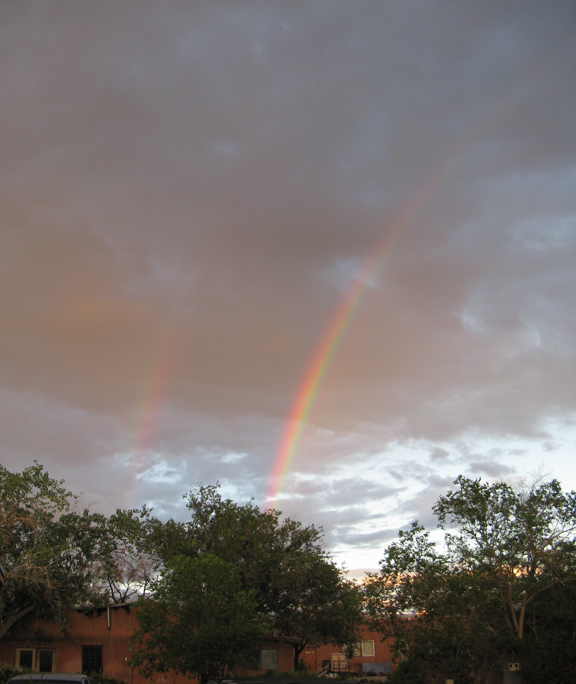
At the end of our first evening's discussion a double rainbow appeared. Maybe this was a sign that what we were doing was a good thing and that it might even include a bit of the sacred and mysterious. The photo on the left is the rainbow we saw while sitting outside.
The next few days were spent in easy conversation and catching up on news, etc. Although, we did discuss the project of Thanksgiving and what we thought we should do during our visit and our decisions were the usual decisions for us, just let things unravel naturally and don't force anything. So, we went shopping...
But even with something as simple and fun as shopping, awarenesses and breakthroughs about difficult issues occurred. The following is part of an email from me to a friend of ours describing our shopping adventure.
Saturday - August 10, 2013
We decided to relax and enjoy ourselves by going out to lunch with a few friends. Here a some photos from our lunch and then late afternoon discussions at home.
Click to edit text. What do visitors to your website need to know about you and your business?

